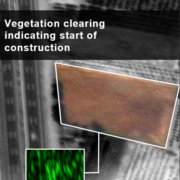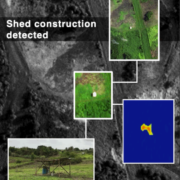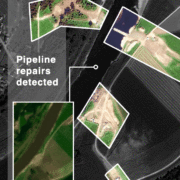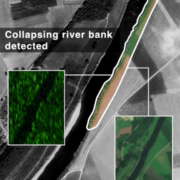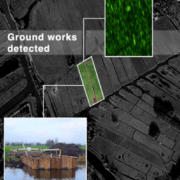TPI Tuesday – Vegetation Clearance Detected
On behalf of the entire Orbital Eye Team, we want to wish you a Happy New Year! 🥂
We have all enjoyed a relaxing holiday and are now ready to continue with current projects and start up multiple new projects soon (stay tuned!). And of course, we will keep presenting detected activities in our #TPITuesdays.
In today’s TPI Tuesday, you can see a clear example of vegetation clearing. Now that the holiday is over, multiple construction activities are started up. Vegetation clearing often is the first step in a construction activity – which is why our system is designed to also detect and report vegetation clearance as this enables our customers to be aware of construction activities around their pipelines in an early stage already!
Are you curious how our satellite-based monitoring service can help your company in 2022? Feel free to send an email to info@orbitaleye.nl and we are happy to think along with you!

